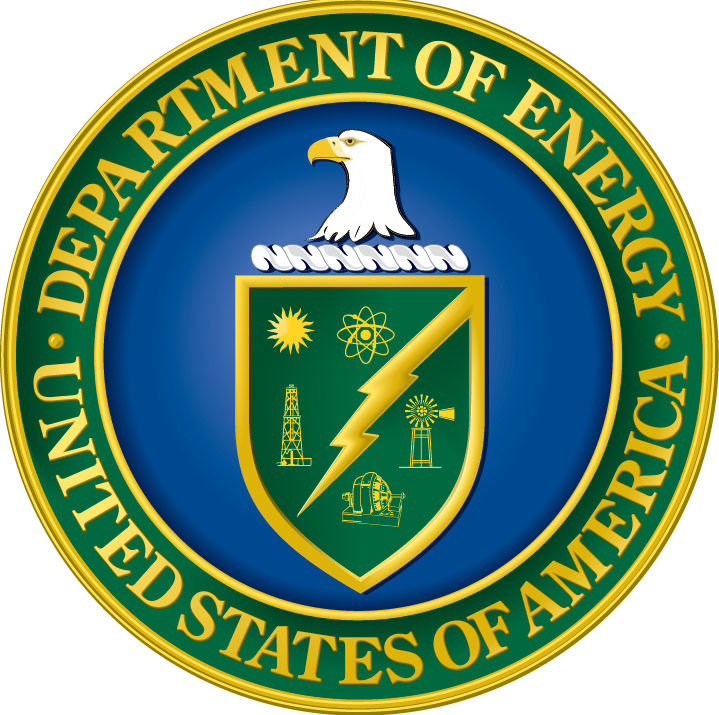One of the first things you should know when purchasing any heating and cooling equipment is how energy efficient the equipment is. You can do some research into equipment and see the ratings, but what do they mean?
Efficiency standards are set by the U.S. Department of Energy (DOE), U.S. Environmental Protection Agency (EPA), and other groups.
The energy efficiency of heating and cooling equipment is normally performed by a third party, not the manufacturer of the equipment. This ensures that the rating is unbiased. Third-party verifiers include the Air-Conditioning, Heating, and Refrigeration Institute (AHRI) and the American Society of Heating, Refrigerating and Air-Conditioning Engineers (ASHRAE).
You probably have already heard of these terms, but what do they mean and what do they measure?
SEER SEER measures cooling efficiency. SEER is calculated by the total output of cool air during a cooling season divided by the electrical energy used during the same period. The higher the SEER rating, the more efficient the air conditioner. Under current law, air conditioners must have a SEER of at least 13 when installed. Air conditioners must have a SEER of at least 14 to be ENERGYSTAR qualified.
AFUE AFUE stands for annual fuel utilization efficiency. AFUE measures how efficient a furnace is when it converts fuel to heat during the heating season. It is expressed in percents; an 80% AFUE furnace converts 80% of the fuel it receives into heat, and the other 20% goes out the furnace chimney. The standard sets the minimum efficiency for all non-weatherized furnaces at 90% for the “Northern region” as defined by the Department of Energy. In the “Southern region” the standard is 78% until
January 1, 2015.
HSPF Heat pump efficiency is measured by HSPFs, or heating seasonal performance factors. It is expressed as a ratio of the heat output during the heating season to the amount of electricity used. The minimum HSPF since 2006 has been 7.7. Anything 8.2 or higher is considered high efficiency.
MERV While not what you think of when you think of heating and cooling equipment, air filters play a crucial role in your system’s efficiency by keeping your system clean and free of particulate buildup that can slow the system down. The MERV rating tells you the Minimum Efficiency Reporting Value…which means, it tells you the percentage of particles the filter traps. The rating is on a scale from 1 to 20. The higher the number, the better. You want at least an 8, but if you want 95% of those lovely respirable particles trapped, reach for the 11 or 12—especially if you have pets or anyone in your home with breathing difficulties. Anything above a 12 is hospital quality.
When you’re ready to install new heating and cooling equipment, it’s best to do your research. Knowing the efficiency ratings of the equipment you install is crucial. Remember, high-efficiency equipment may cost a little more when it’s installed, but it will more than pay for itself in energy savings over the life of the equipment.
http://www.achrnews.com/articles/125139-the-science-of-hvac-efficiency-ratings

